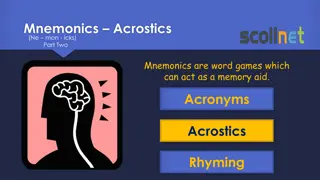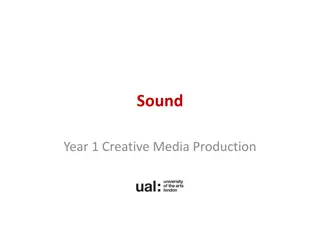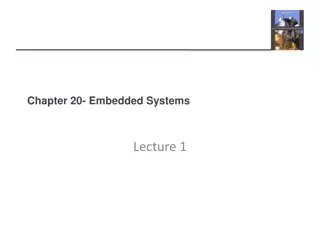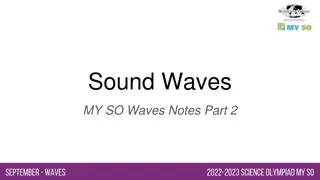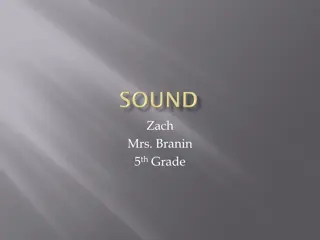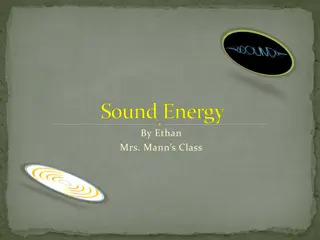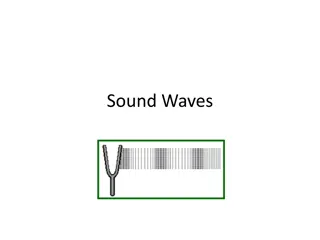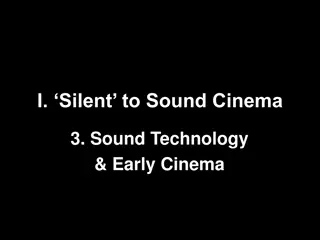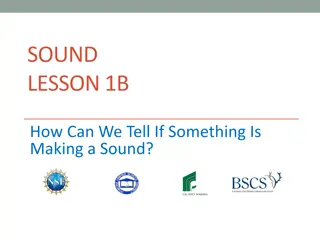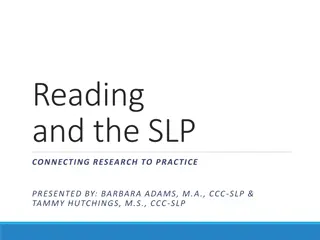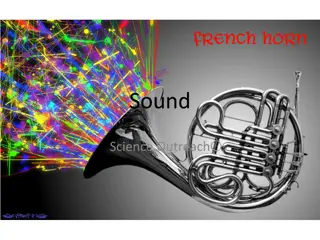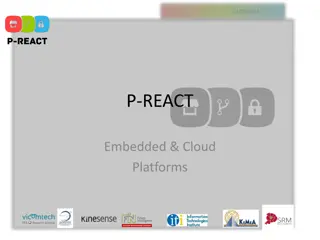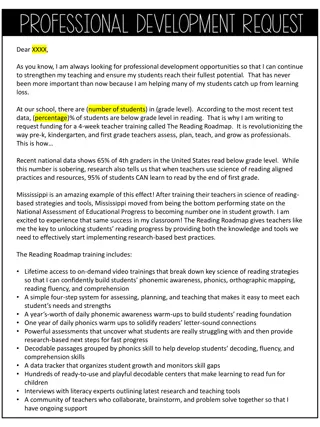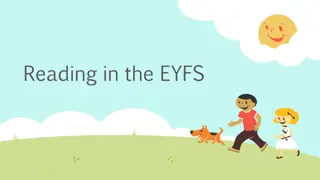Importance of First Sound Identification and Embedded Picture Mnemonics in Reading Acquisition
Identifying the first sound in a word plays a crucial role in reading development, with embedded picture mnemonics being an effective method for teaching letter-sound correspondences. Research supports the use of these visual aids to enhance children's literacy skills.
- Reading acquisition
- Phonics instruction
- Embedded picture mnemonics
- Letter-sound correspondences
- Literacy development
Download Presentation

Please find below an Image/Link to download the presentation.
The content on the website is provided AS IS for your information and personal use only. It may not be sold, licensed, or shared on other websites without obtaining consent from the author. Download presentation by click this link. If you encounter any issues during the download, it is possible that the publisher has removed the file from their server.
E N D
Presentation Transcript
Embedded Picture Mnemonic Grids Why is identifying a first sound important? The ability to isolate the first sound in a word is highly related to later reading acquisition and reading achievement. Why use embedded picture mnemonics? Embedded picture mnemonics are a research-based way to teach children about letters and the sounds they represent. They are letter cards with a picture of a key word embedded directly in a letter, such as the letter z made out of a zipper, or the letter r made out of a road. Research indicates that students learn letter-sound correspondences better when they are taught with embedded picture mnemonics (Ehri et al., 1984). Possible ways to use your UFLI-aligned grids 1. Roll and Read 2. Three in a row 3. Connect 4 style Answer Key: a - apple, b - banana, c - cat, d dinosaur, e echo, f fish, g goose, h horse, i itch, j jelly beans, k keys, l leaf, m mittens, n net, o octopus, p pumpkin, qu quarter, r road, s sandwich, t tiger, u umbrella, v volcano, w worm, x box, y yoyo, z - zipper



